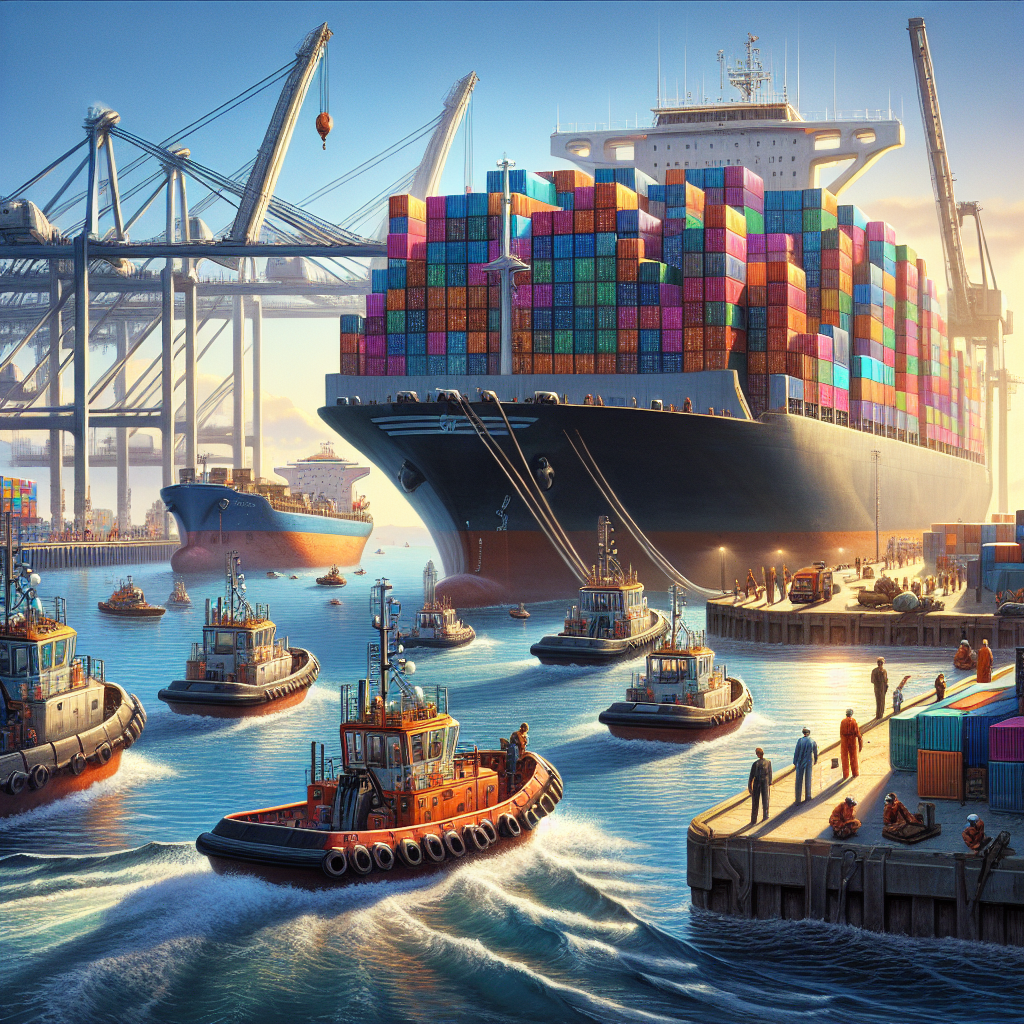Navigating Tensions: Shipping Routes in the Strait of Hormuz
Commercial ships are advised to avoid Iranian waters near the Strait of Hormuz amid escalating Israel-Iran conflict. This strategic passage is vital for global trade. Ships are advised to sail closer to Oman's coast. Geopolitical tensions have heightened the risks, greatly affecting oil trade and global shipping dynamics.

As tensions between Israel and Iran continue to escalate, commercial vessels are being urged by maritime agencies to steer clear of Iranian waters surrounding the Strait of Hormuz. This advice comes in response to potential threats of retaliation that may impact this crucial maritime passage.
Currently, ships are opting to navigate closer to Oman's coast to mitigate risk, as the Gulf of Oman offers expansive international waters as a safer alternative. Despite this, vessels must still traverse the narrow Strait of Hormuz, where increased maritime activity is being reported near Oman's coastline.
Amid heightened geopolitical friction, electronic interference with navigation systems has surged, while tanker earnings have spiked due to escalating risks. Major players like QatarEnergy are taking precautionary measures, advising tankers to delay entering the Gulf until necessary.
(With inputs from agencies.)
ALSO READ
Tensions Rise: Britain's Stance on Israel-Iran Conflict
Consensus at G7: De-escalating Israel-Iran Tensions
Mehbooba Mufti Criticizes Global Silence on Israel-Iran Conflict
Tensions Escalate: Israel-Iran Nuclear Standoff Looms Amid Diplomatic Push
Putin Calls for Peace Talks Amid Israel-Iran Tensions










